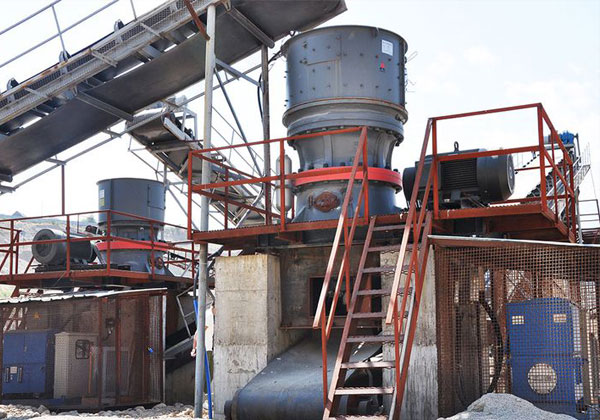Installing a cone crusher in a quarry is a critical phase in ensuring the long-term success of aggregate or mining operations. The process involves precise planning, site preparation, and coordination with engineering and technical teams. A cone crusher, with its ability to handle hard and abrasive materials such as granite, basalt, and iron ore, plays a central role in primary, secondary, or tertiary crushing stages. Therefore, proper installation ensures optimal performance, reduced downtime, and increased productivity.
The first step in the installation process is site preparation. This includes conducting a thorough geotechnical survey to assess ground stability, ensuring that the foundation will support the weight and vibration of the crusher. Excavation must be done to accommodate the base of the crusher, often involving concrete works for a stable foundation pad. Drainage systems should also be installed to prevent water accumulation, which can damage the equipment or affect performance. Proper alignment of the installation area with other components of the crushing line, such as vibrating feeders and conveyor belts, must also be carefully planned.

Next comes the mechanical installation of the cone crusher unit itself. This involves the placement of the crusher on the prepared foundation using heavy-duty cranes. The crusher must be carefully aligned with the feed and discharge points to ensure smooth material flow. Anchoring bolts are tightened to specification, and anti-vibration mounts are often installed to reduce stress on the frame. Attention must also be paid to clearances around the crusher to allow for safe operation and maintenance. Lubrication systems, hydraulic connections, and cooling units must be installed and tested during this phase.
After the mechanical setup, electrical and automation systems are integrated. Electrical motors that drive the cone crusher need to be connected to the control panels. Automation systems, including PLCs (Programmable Logic Controllers), sensors, and monitoring equipment, are essential for real-time tracking of crusher performance and safety alerts. These systems help regulate feed rate, monitor wear parts, and provide overload protection. Ensuring proper grounding and compliance with local electrical codes is crucial for safe and efficient operation.
Finally, the system undergoes testing and commissioning. This phase involves running the crusher empty and then under load to check for alignment, vibration, temperature, and noise levels. Engineers make necessary adjustments to the settings such as closed side settings (CSS), speed, and feed rates. Operators are trained during this period on proper use, maintenance routines, and emergency procedures. Once all parameters meet operational requirements, the crusher is handed over for full production use.
In conclusion, the installation of a cone crusher in a quarry is a multi-step process that requires careful coordination and technical expertise. From preparing the site to mechanical assembly and electrical integration, each stage ensures that the crusher will operate efficiently and reliably. Proper installation not only enhances the productivity of the quarry but also extends the lifespan of the equipment, making it a worthwhile investment for any crushing operation.
